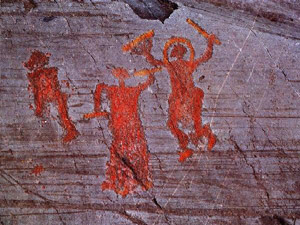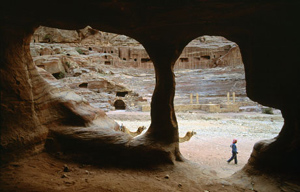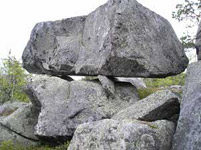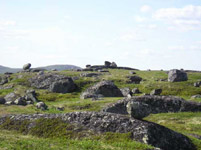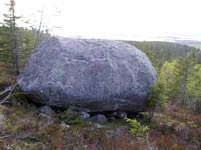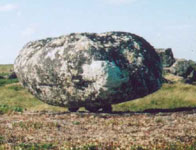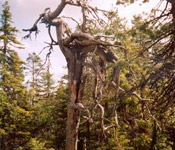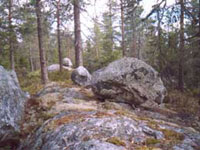Norway’s rock drawings
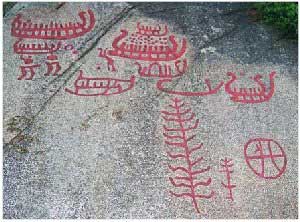
It has been a little while since I visited Arkeo.net**, a Finnish (no English) archaeological web portal written by Marjukka Mäkelä. It is a wonderful resource on the activities and research mainly into Finnish and some Russian and Scandinavian archaeology. The latest news points to a great photo site on Norway’s Rock drawings. Just look at those fabulous details of wonderful Viking-like ships! The text is in Norwegian only, which I can’t read, but there are numerous interesting photos. There are further links to images to explore at the bottom of the page for Denmark and Sweden, like the Tanum site, and still more in Norway. Enjoy!
** Sadly Arkeo.net no longer exists.
